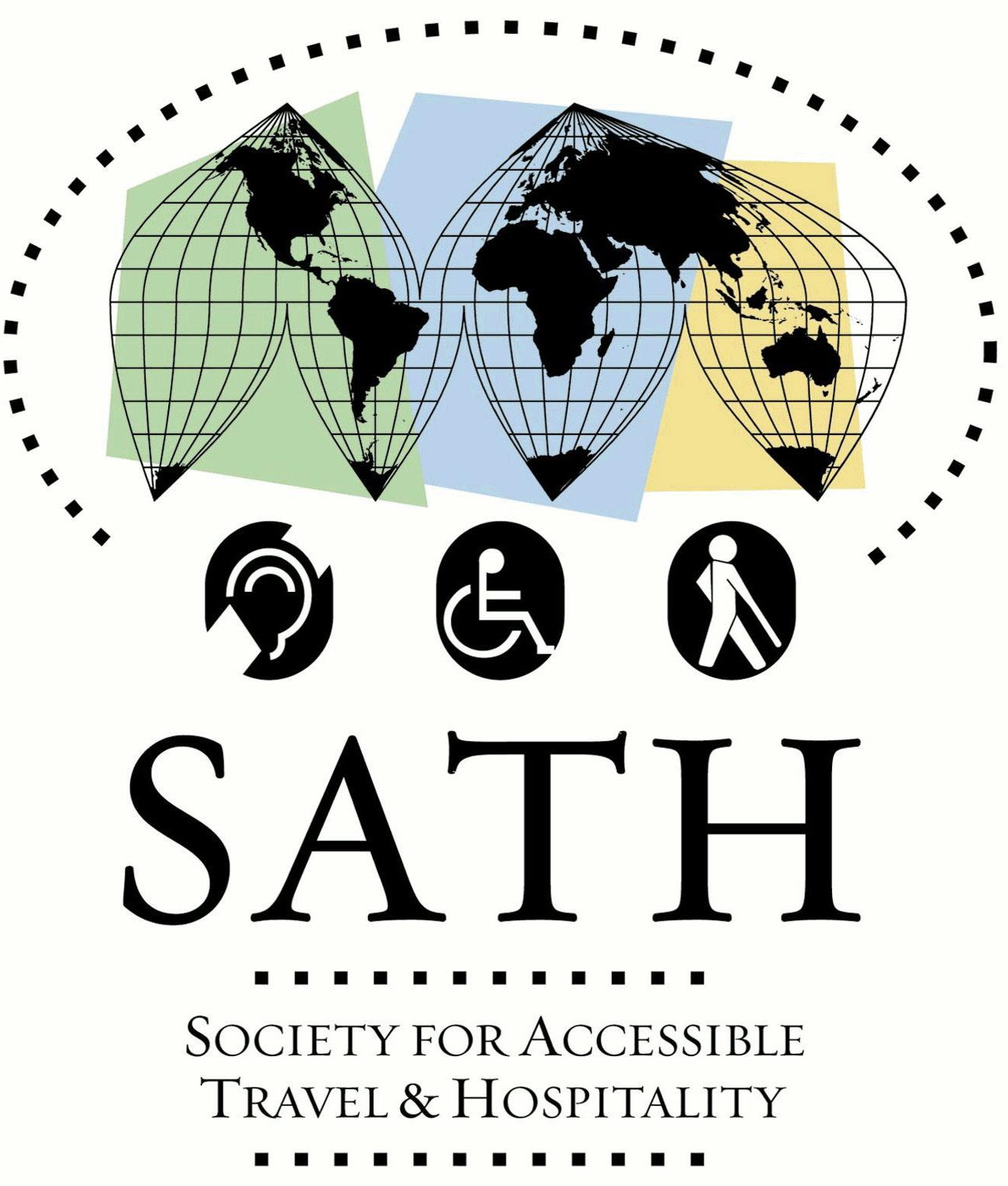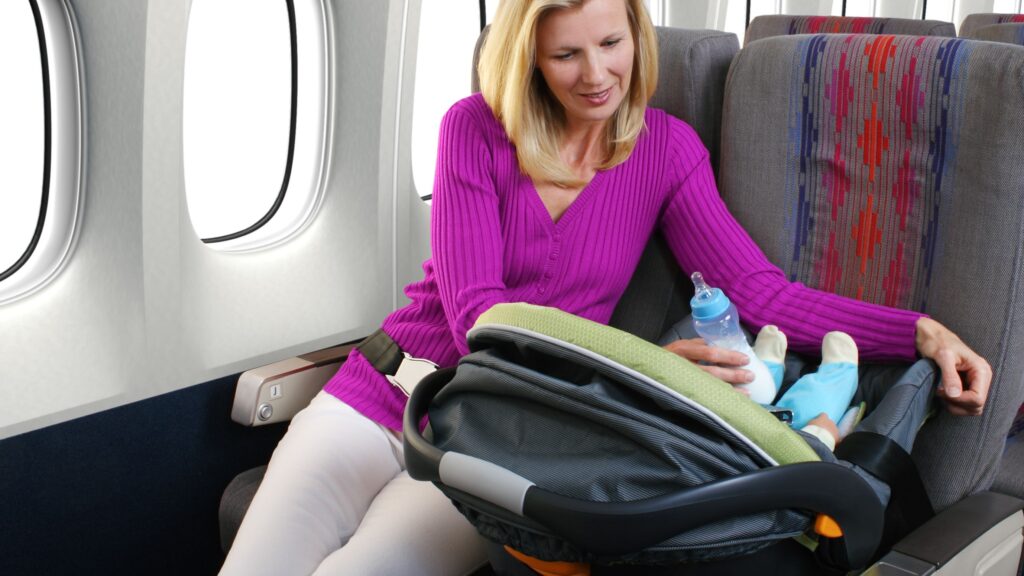Tips for Parents Using Child Restraints on Aircraft
Proper use of an approved child restraint system (CRS) on an aircraft enhances child safety in the event of an accident. A CRS also provides protection for a child during turbulence. The FAA strongly recommends that all children who fly regardless of Their age, use the appropriate restraint based on Their size and weight.
Before you fly:
Check with the airline to find their busiest days and times. By avoiding these times you are more likely to be on a flight with an empty seat next to a parent. In many cases airlines will allow you to seat your child under two years of age in a child restraint in the empty seat without having to pay the airline fare for the child. Ask your airline for its policy regarding an empty seat.
· Ask the airline if they offer a discounted fare for a child traveling in a CRS. If you buy a ticket (discounted or Full fare) for your child, you are guaranteed that they will have a seat and that you will be able to use the CRS.
· If you purchase a ticket for your child, reserve adjoining seats. A CRS should be placed in a window seat so it will not block the escape path in an emergency. A CRS may not be placed an exit row.
· Check the width of your CRS. While dine seats vary in width, a CRS no wider than 16″ should fit in most coach seats. A CRS wider than 16″ is unlikely to fit. Even if the armrests are moved out of the way, a wide CRS will not fit properly into the frame of the aircraft seat.
· If you need to change planes to make a connecting flight, it can be very challenging to carry a CRS, a child, and other items through a busy airport. Most airlines will help parents make the connection. Request that the airline arrange for assistance in your connecting city.
Choosing the correct CRS
Always follow the manufacturer’s instructions regarding use of the CRS. Do not place a child in a CRS designed for a smaller child. Be sure that any shoulder straps in the CRS come out of the CRS seat back above the child’s shoulders. tighten the aircraft seatbelt around the CRS as tightly as possible.
· Under 20 pounds – Use a rear facing child restraint.
· From 20 to 40 pounds – Use a forward facing child restraint. Although the safety technology of forward facing carriers in aircraft is still developing, current devices offer dramatic improvements in protection compared to lap held and/or unrestrained children.
· Over 40 pounds – A child over 40 pounds may safely use an aircraft seatbelt and does not require a CRS.
Reminder
Use an approved CRS when traveling to and from the airport by automobile. Booster seats and harness vests do not provide adequate protection in an aircraft, but they do enhance safety in automobiles. Many airlines do not allow the use of booster seats on their flights. These devices may be checked as baggage. In the United States, supplemental lap restraints, belly belts, are banned from use in automobiles and aircraft.
For more information call:
1-80O-FAA-SURE (1-800-322-7873)

